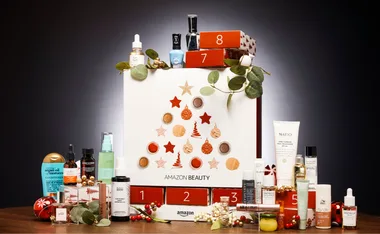In summer, red-hot pokers are, well, just too red, and sometimes yellow too — great lumbering things with blooms often more than a metre high, that look gaudy in all the summer glare.
Yes, they’re hardy — so indestructible they really need a semi-trailer to back over them to daunt them. But despite their magnificence, height and colour, I find them too bright, too sprawling to really love them.
The only “red” red-hot pokers (or Kniphofia caulescens, to give them their botanical name) I really love in summer are the miniature yellow ones, more a soft gold and not much higher than my ankle.
I grow them at the very edge of the garden, where the strap like foliage left after the flowers have died back won’t look like too much of a mess. They need a bit more water than the big red bold ones, but are still wonderfully drought tolerant once established.
You can also buy lime green ones (but there’s enough lime green in my garden from the leaves) and almost white ones, too.
Red-hot pokers (or torch lilies or even plain old pokers) are different in winter. You need hot colours in winter. That too-vivid summer red is just what’s needed on a cold winter day, and the yellow, too, is sun-bright and welcome.
It used to be difficult to find winter blooming red-hot pokers, but they are more common now. “Winter cheer” is perhaps the most common, which blooms for about six weeks or even longer in mid-winter, but there are several others with slightly different flowering times, so you can have a succession from late autumn through to spring.
The birds love them, especially the honey-eaters, hovering around them and dipping in their beaks all through winter. I adore them too. Like most winter flowers, they bloom longer than their summer relatives, away from the fierce heat.
Red-hot pokers prefer full sun, although the summer ones will bloom in light dappled shade too. I plant our winter ones under deciduous trees, so that by the time the flower heads are falling the leaves have all dropped off, leaving them with all the winter sunlight they want.
They won’t tolerate heavy frost, but if you plant them in a sheltered spot, next to a sunny wall for example, or among the deciduous trees or by large rocks, as we do, they should be fine, especially after they’ve been in for a winter or two and acclimatised.
Like most flowers, you’ll get more blooms if they are watered regularly, and the plants will grow faster too. But our pokers have survived the worst of droughts with no watering whatsoever — and they even gave some blooms.
Once red-hot pokers (or gold, yellow, white or lime hot pokers) have been in a few years they form a large clump. Divide it every few years, firstly so you can have your pokers in other spots in the garden but also because the large clumps can look messy, especially when the flowers have died back and all that’s left are the strappy leaves.
I know I haven’t made winter red-hot pokers sound irresistible — and truthfully there are more beautiful flowers. But I don’t think there are any as hardy or dependable or as tolerant of complete neglect. With a few clumps of winter blooming pokers in your garden, you know there’ll be “winter cheer” forever.



































.png?resize=380%2C285)
.jpg?resize=380%2C285)




.png?resize=380%2C285)



















